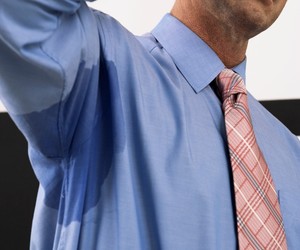Continuing in our series of tips to make your laundry easier in 2013, today’s post is about how to set up an efficient laundry room/station at home. If done properly, this can really save you hours and hours.
First, put a laundry hamper in your room or bathroom to make transporting your dirty washing to the laundry area easier. Next to your washing machine, have three different hampers or baskets to sort your laundry (see our previous blog post). Separate white garments from reds and other bright colours, and put garments that need special treatment in the third bin. Consider using a fourth one to separate towels and avoid getting fluff on the rest of the load.
Gather all your cleaning products in an easy-to-access location near the washing machine and dryer (ideally on a shelf or in a cabinet). Arrange them in the order you use them: stain removers first, followed by bleach and detergent, then fabric softener and distilled water for ironing at the end. You can also keep space on the shelf for clothing-care items like sewing supplies, lint remover, or shoe polish.
Keep the ironing board within reach and have a drying rack on hand for air drying non-tumble dry items and for hanging items immediately as they come out of the dryer to minimise wrinkling.
Of course, the most efficient way to do your laundry is to give it to our skilled team! We’ll collect it, and then wash, dry and neatly fold your laundry into a wrapped parcel, which we’ll deliver back to your home. For more info visit our website http://www.laundryrepublic.com/ or give us a call on 020 7193 3130.

